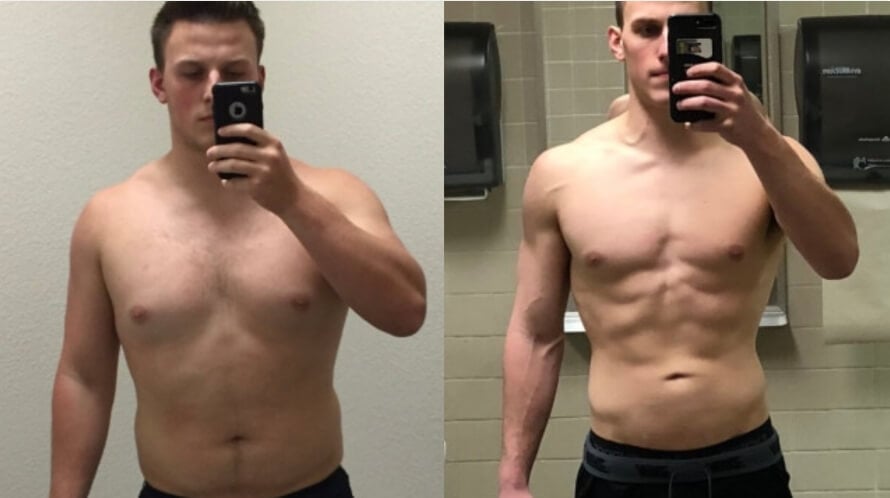

Insulin sensitivity: Contrary to popular belief, no data shows getting any leaner than 20% body fat (30% female) further improves your insulin sensitivity. Researchers call this the p-ratio.īody fat is thought to influence the p-ratio in 3 ways: insulin sensitivity, chronic inflammation, and anabolic hormone (testosterone and estrogen) levels.ġ. In particular, your starting body fat percentage can greatly influence the proportion of muscle and fat you will gain. Let’s tackle them one by one.Īnother way in which this article is different is the way I present the evidence: hover on laptop or tap on mobile to see a supporting citation or research image behind the claim.īefore starting a bulk, it’s important to assess where you’re starting from. Your body fat level affects multiple physiological factors, which have an impact on the amount of muscle and fat you’ll gain during a bulk. To get an idea of what these body fat levels look like, you can look at the body fat charts. Therefore, the female range we’ll investigate is 14-35% body fat. So a woman at 15% body fat is about as lean as a man at 5% body fat.

Note: at the same level of leanness, a woman’s body fat percentage is generally 10% higher than a man’s. In this article I want to look at what happens in the more relevant range of 4-25% body fat instead of 20-35%. Different study subjects, different outcomes. Since most of my readers probably are at 20% body fat or below, looking at these studies is like studying how horses respond to weight training and use these insights to give humans advice. So what’s different about this article and the others on this topic? Glad you asked! Most of them refer to studies that investigated men between 20 and 35% body fat to come to their conclusions, like this study, this study, and this study. I’ll end with some practical implications and a calculator that estimates how much muscle and fat you’re going to gain during a hypothetical bulk, based on your starting body fat percentage and how advanced you are. Then I’ll look at the factors that do matter for a successful ‘lean’ bulk, chronic inflammation and testosterone / estrogen levels, and how they depend on body fat percentage. In this article I’ll deep-dive the scientific literature to find out which body fat level is ideal to maximize muscle gain and minimize fat gain on a (lean) bulk.įirst I’ll debunk the insulin sensitivity myth that states being lean increases insulin sensitivity and therefore lets you gain more lean muscle. However, some fat percentages have actual physiological advantages for bulking. For some this means seeing the outline of some abdominals, for others this means being able to count the veins on their chest. The sleeve of your shirt is not as tight as it should be: some extra muscle would be great, so let’s bulk.īeauty is – of course – in the eye of the beholder, and I encourage you to hold your personal standards when it comes to an ideal, ‘aesthetically pleasing’, fat percentage. The never-ending mental battle of deciding whether to cut or to bulk. Notable contributions of Nieck Detillon, MSc Human Movement Sciences P-ratio: Proportion of weight gain that is muscle vs. Zinc calculator: are you consuming too little zinc for (hormonal) health?.Training status calculator: how advanced are you?.Progress calculator: are your gaining strength and muscle at an optimal rate?.Optimal amino acids per meal calculator for vegans and vegetarians.Estimating your Glute recovery time: a calculator.Energy expenditure calculator: how many calories do you burn per day?.The effects of alcohol on muscle growth.
#Bigger leaner stronger body fat how to
How to get enough protein as a vegetarian, flexitarian, or vegan.Your optimal training frequency for the Glutes part 2: training status and stress.




 0 kommentar(er)
0 kommentar(er)
